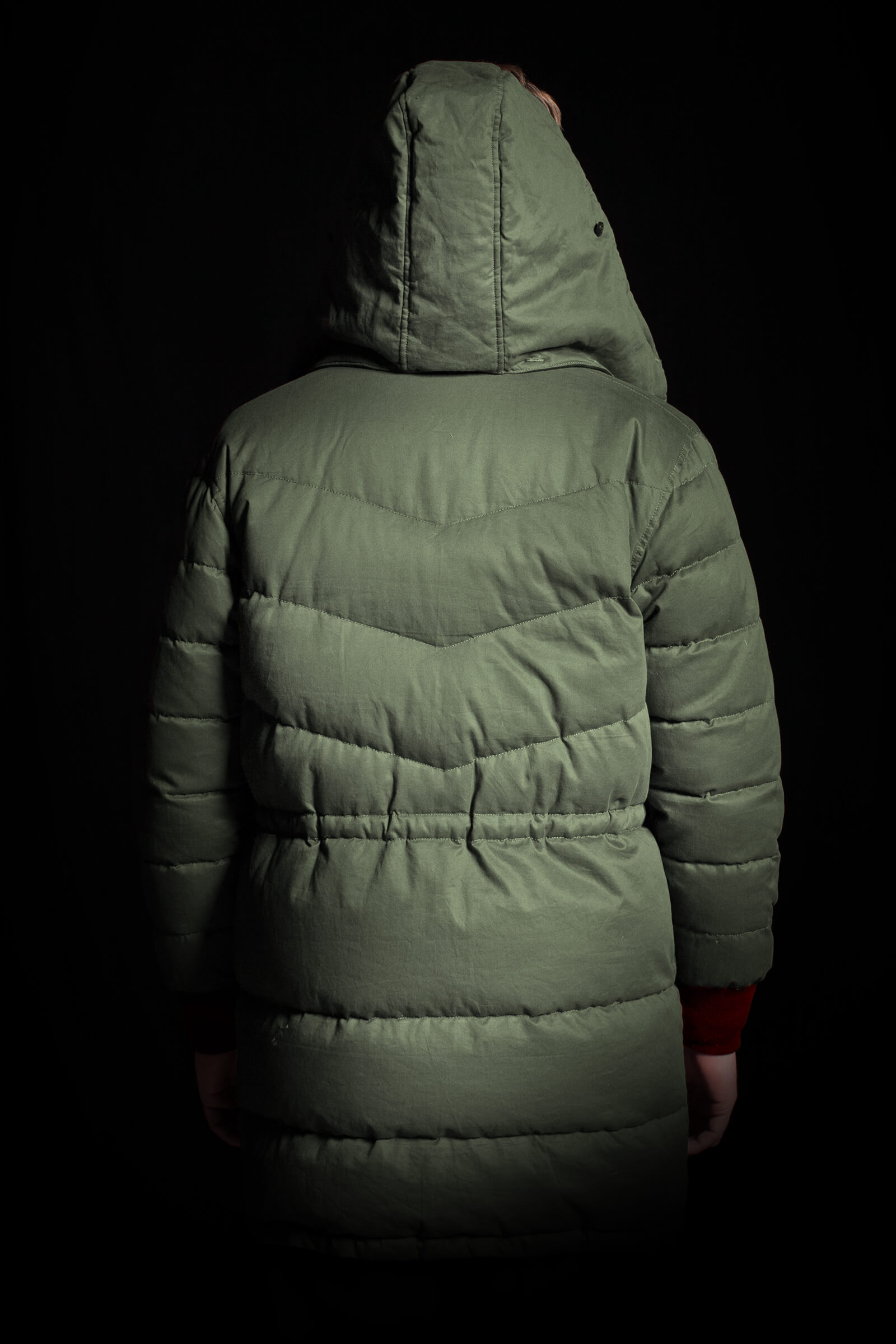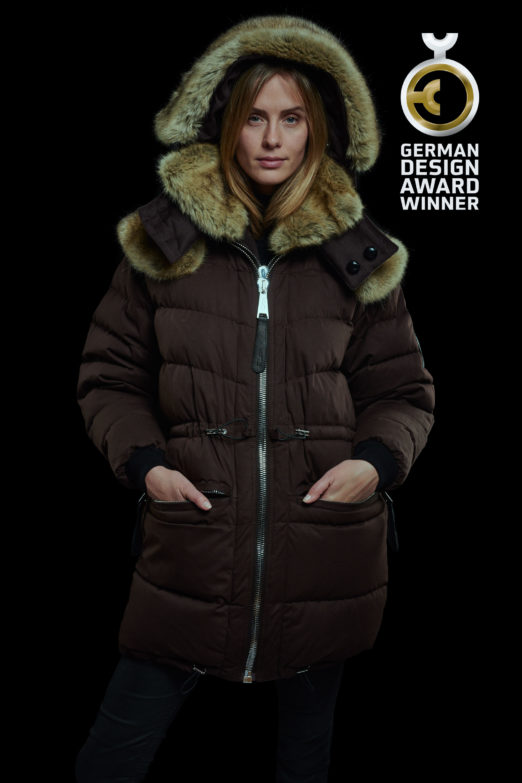Accepted Payments


We recommend following these care recommendations to preserve the elegant appearance and softness of your cashmere garment.
ESSENTIALS

Our cashmere is of a very fine and soft natural fibre from the undercoat of the Kashmir goat (Capra hircus laniger). The coats of carefully selected goats are painstakingly combed out during the natural moulting at the end of each winter.
This special combing produces approximately 150-200 grams of the finest underdown hair per year from each animal. This is then sorted according to colour and washed to remove any grease or other impurities.
In a traditional last step the upper hair, called guard hair, is separated from the desired fine undercoat/underdown. This undercoat hair is very fine, with a diameter of just 15 to 19 microns and a length of 25 to 90 millimetres.
The average diameter of the hair is not allowed to exceed 19 microns in order to satisfy the high standards we have for top-grade fabric. The fineness of these fibres leads to the demonstrable formation of minute insulating air pockets between the fine hairs.
By setting a maximum content of 3% for hairs with a diameter of approximately 30 microns we achieve above average quality and delicate texture. This provides great heat retention at very low weight.
Our finest cashmere selection is dirt and stain resistant, inimitably soft and feather light – the ultimate second skin comfort.

These care instructions do not apply to knitted cashmere such as that in our jackets. These should be professionally cleaned only.
Please wash your cashmere item in lukewarm water of about 30 degrees Celsius using a special mild wool laundry detergent. Wool detergent should not be used to soak cashmere; it is to be used solely for washing.
Thoroughly rinse your cashmere item with lukewarm or cold water. DO NOT twist or wring out cashmere items as this deforms and alters the fibres.
Place the item on a dry towel and restore it to its natural fit and original form. Next, roll up the towel and gently squeeze out any excess water from your cashmere garment, allowing the towel to absorb its moisture.
Repeat this step if necessary. Allow to dry on a dry towel at room temperature, preferably one that is the same colour as your cashmere item so there is no transfer of differently coloured fibres to the item.
TIPS
Modern washing machines offer sophisticated wool washing programmes which will wash your cashmere item as safely as by hand. Your item should be turned inside out and washed at a maximum temperature of 30 degrees Celsius with a mild wool laundry detergent.
Afterwards, the item can be spun at low speed but we recommend drying it with a towel according to the drying recommendations for hand-washed items written above.
TIPS

Please keep your cashmere item lying flat if possible. The soft fibres can warp if hung on a hanger, especially with thin yarn or finely-woven products (e.g. 12gg, 14gg, 16gg quality).
If possible, keep your item protected from insects in the clothes bag in which it was delivered to you. Please do not use airtight plastic packaging.
TIP
Restore the item to its original shape. If you have a high quality steam iron, you can lightly steam your item after drying.
Holding the steam iron some distance from your cashmere item and steaming with a short burst or two will reduce the likelihood of fuzzing.
Mixing pure wool with 10-20% artificial fibre from crude oil slows the build-up of lint and fluff. However, this type of mixture compromises the authenticity, quality, feel and natural warming function of the cashmere and can even negatively impact the health of the wearer.
We advise purchasing only products containing 100% of a single type of wool – whether cashmere, conventional wool or Merino – not mixed wool products or mixes containing other fibres, whether natural or synthetic.
Natural cashmere fibres age differently from crude oil-sourced fibres (e.g. polyester). This allows 100% natural cashmere items to be enjoyed by future generations with proper and loving care.
Small nodules, lint and fluff are hallmarks of a natural, authentic high quality garment. These can be removed easily with common lint rollers or gently picked off by hand.
We generally advise against using products with razor blades or machines on high-quality clothing. Their use should be carefully evaluated on a case-by-case basis as they can cause holes, runs or other fabric damage.
Rinse the spot carefully with cold water as soon as possible. Do not use hot water as this can cause the stain to set in the fibres.
Please contact our Customer Support

















